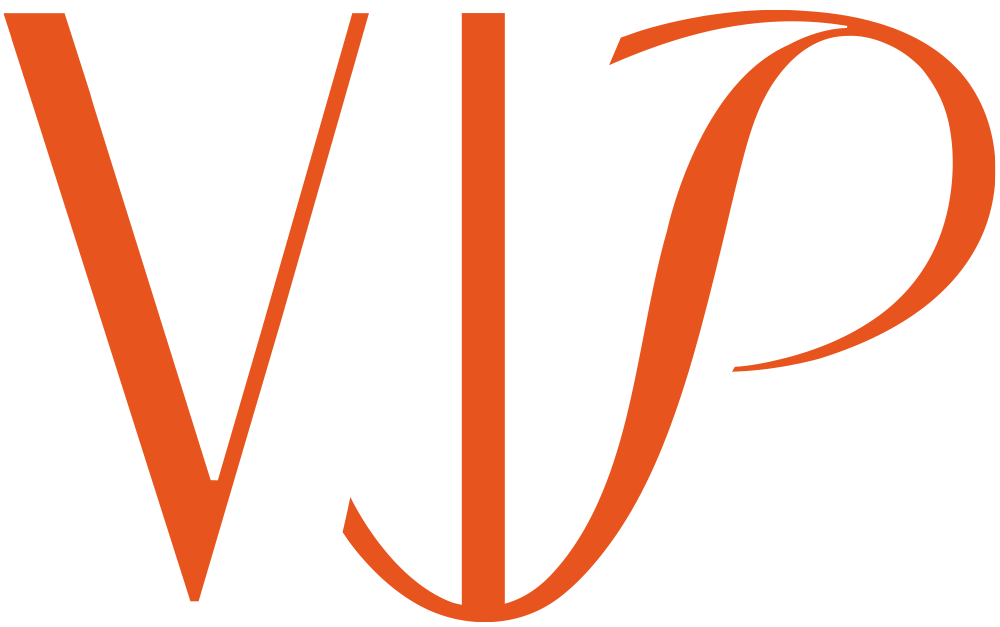[2003.03] Nasal Tip Plasty Presentation
Date: March 2003
Conference: 21st Meeting of the Korean Academy of Aesthetic Plastic Surgery (Shilla Hotel) – Panelist
Presenter: Dr. Myung Ju Lee
Four Nasal Tip Types and Their Surgical Approaches
Background
The nasal tip plays a pivotal role in the overall balance and proportion of the face and nose. Its aesthetic appeal depends on proper contours, ratios, and angles relative to the nasal dorsum and columella. Since the tip is largely composed of cartilage, standard procedures may not always achieve the desired level of refinement. Here, the author classifies common nasal tip problems into four types and introduces appropriate surgical techniques for each.
Methods and Materials
Type 1: Weak Tip Cartilage (Insufficient Tip Projection)
- Key Features: Poor tip projection due to underdeveloped lower lateral cartilages.
- Technique:
- Place a columellar strut graft to support the tip.
- Add an onlay or shield graft depending on the required tip direction and height.
- Height Requirement: Single or multiple graft layers.
- Preferred Material: Septal cartilage.
- Goal: Elevate and lengthen the nasal tip while maintaining a balanced nasal profile.
Type 2: Underdeveloped Paranasal Region or Excessive Alar Base
- Key Features:
- Underdeveloped paranasal area and/or lower nasal foundation, causing the nose to look unsupported.
- Disproportionately wide nostrils or alar base relative to tip height.
- Overactive nasal tip musculature.
- Technique:
- Paranasal Augmentation to provide a stable “base” for the nose.
- Alar Base Reduction/Narrowing to refine wide nostrils.
- Myectomy (Muscle Resection) if tip movement is excessive.
- Goal: Simultaneously elevate the nasal tip via the septum and enhance the surrounding nasal/lip area for a balanced appearance.
Type 3: Nasal Tip Asymmetry Due to Septal Deviation
- Key Features:
- Tip asymmetry caused by a deviated lower septum or other structural irregularities.
- Technique:
- Perform a swing-door septoplasty to correct lower septal deviation.
- If further support is needed, place a batten graft to reinforce the septum.
- Goal: Establish symmetry by straightening the septum before refining the tip, ensuring balanced tip alignment.
Type 4: Globally Undeveloped Nasal Framework
- Key Features:
- Overall deficient cartilage (lower lateral cartilages and septum) and weak nasal skin.
- High risk of complications from implants (e.g., silicone).
- Technique:
- Use autologous tissue (preferably rib cartilage) to build a stable nasal framework.
- Reconstruct the tip, lengthen the underlying support, and augment the dorsum using the same costal cartilage.
- Goal: Achieve significant lengthening and elevation with minimal complications by relying on strong, biocompatible autologous materials.
Conclusion
Nasal tip refinement demands a tailored approach based on structural needs. By classifying tip problems into four types—weak tip cartilage, underdeveloped paranasal or overactive alar area, septal deviation-induced asymmetry, and globally deficient nasal framework—surgeons can apply targeted techniques to address both cosmetic and functional concerns. This comprehensive strategy helps create a more refined, harmonious, and durable result.









